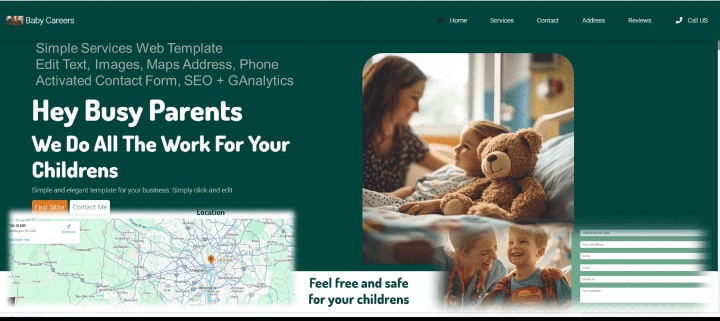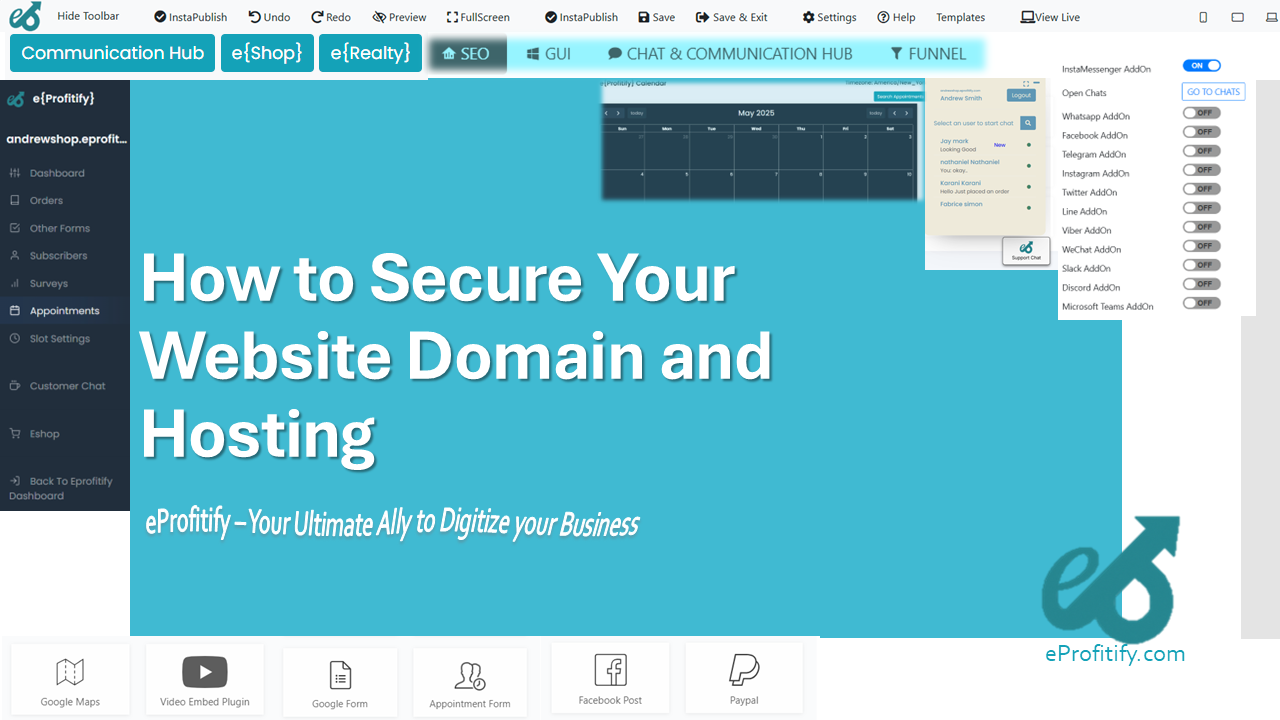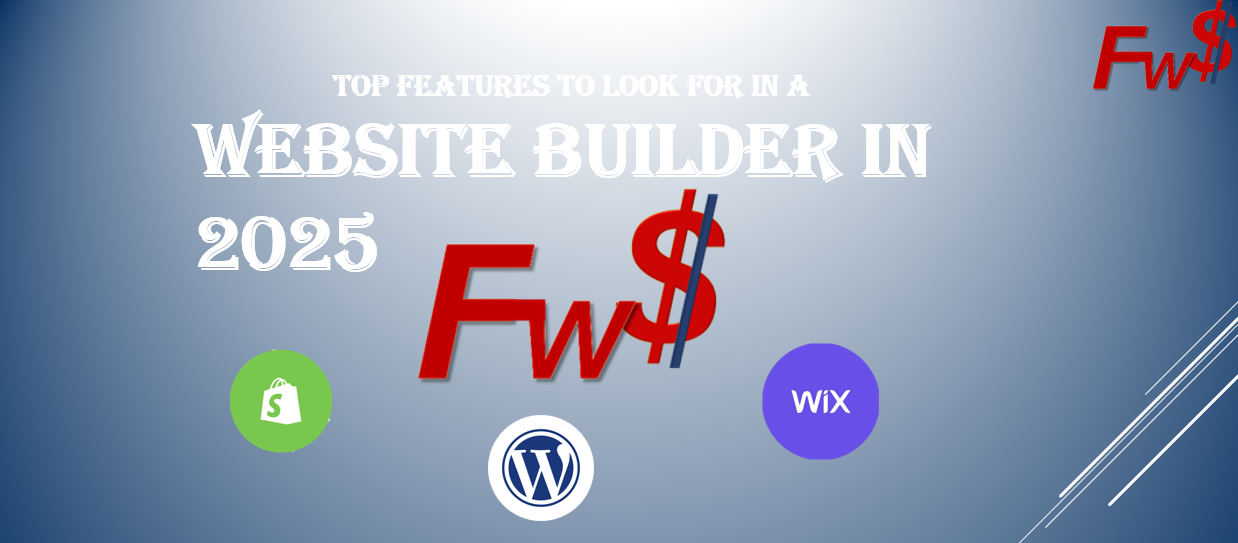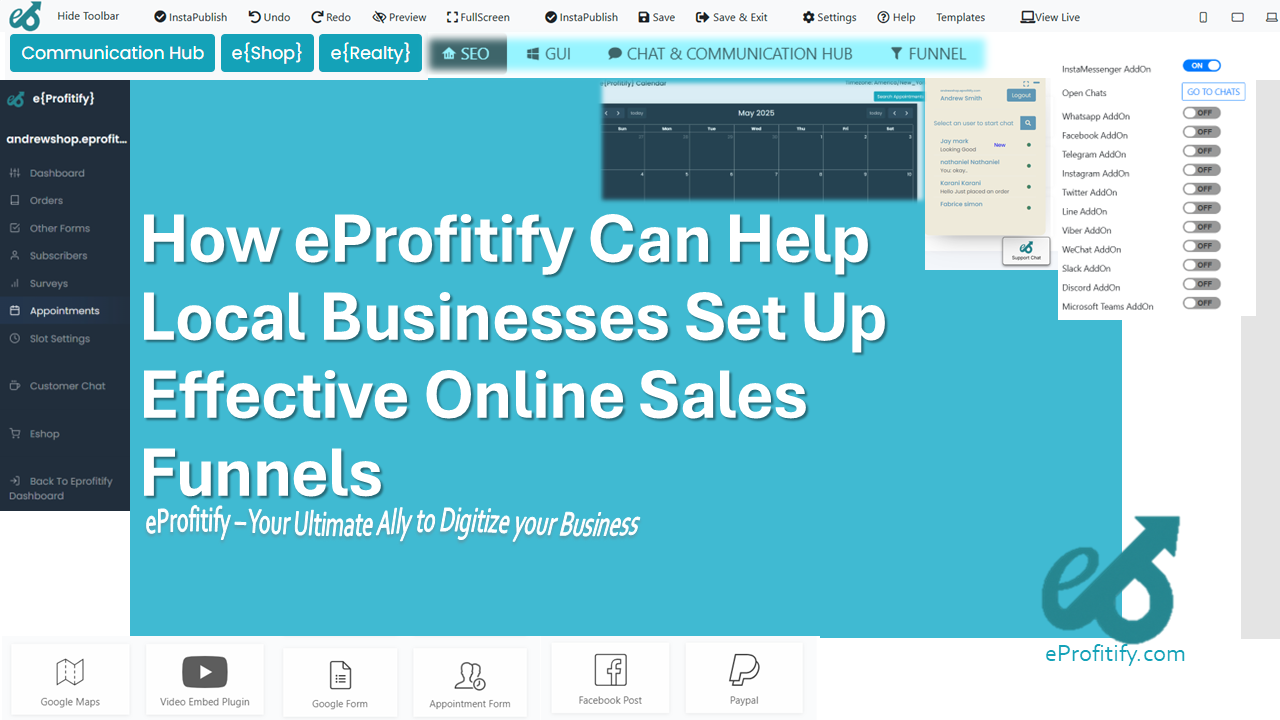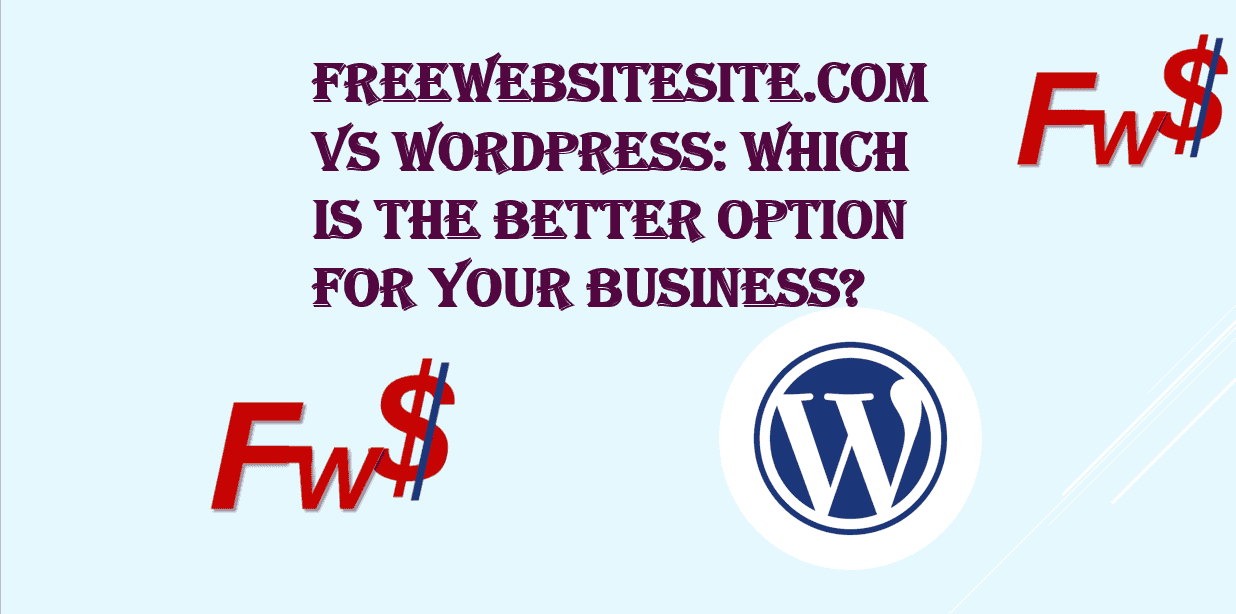Creating a Cohesive Brand Identity Across Your Real Estate Website

Creating a Cohesive Brand Identity Across Your Real Estate Website
In today’s digital-first real estate market, a cohesive brand identity is no longer optional—it’s a necessity. With 97% of homebuyers using online platforms during their property search (National Association of Realtors, 2023), your website serves as the cornerstone of your brand’s digital presence. A unified brand identity builds trust, fosters loyalty, and positions your business as a professional authority. However, achieving this requires strategic alignment of visual elements, messaging, user experience, and technology. This article explores actionable steps to craft a cohesive brand identity, backed by industry statistics, and highlights how Eprofitify—a leading website publishing and management tool—simplifies the process with robust features like instant messaging, CRM, and ecommerce integration.
The Importance of Brand Identity in Real Estate
A strong brand identity differentiates your business in a saturated market. According to a 2022 study by Lucidpress, consistent branding increases revenue by 23% on average. For real estate professionals, this translates to higher lead conversion, repeat clients, and referrals. With 51% of buyers finding their home online (NAR), your website must reflect professionalism, clarity, and reliability. Disjointed visuals, inconsistent messaging, or poor functionality can deter potential clients, resulting in lost opportunities.
Key Elements of a Cohesive Brand Identity
-
Visual Consistency
Your logo, color palette, typography, and imagery should align across all pages. For example, 48% of buyers cite high-quality photos as “very useful” (NAR), so professional visuals are non-negotiable. Use tools like Canva or Adobe Express to maintain a uniform style. -
Messaging and Tone
Define a brand voice—whether professional, approachable, or tech-savvy—and ensure it resonates in your content. Blog posts, property descriptions, and CTAs should reflect your brand’s personality. -
User Experience (UX)
A seamless UX keeps visitors engaged. With 60% of real estate website traffic coming from mobile devices (Statista, 2023), responsive design is critical. Slow load times or confusing navigation can increase bounce rates by 38% (Portent, 2022). -
Technology Integration
Tools like CRM systems and appointment schedulers streamline operations while reinforcing brand reliability.
Building a Cohesive Identity: Practical Steps
Step 1: Audit Your Current Brand Assets
Evaluate your website’s existing design, content, and functionality. Ask:
- Do visuals align with your brand’s mission?
- Is the messaging consistent across pages?
- Is the site optimized for mobile and speed?
Step 2: Define Your Brand Guidelines
Document your brand’s:
- Color scheme: Stick to 3–4 primary colors.
- Typography: Choose 2–3 readable fonts.
- Imagery style: Use similar filters or themes in photos.
- Core values: Highlight keywords like “transparency” or “innovation” in your content.
Step 3: Optimize User Experience
- Simplify navigation with intuitive menus.
- Embed IDX listings for real-time property updates.
- Use chatbots or instant messaging tools to address queries promptly—74% of buyers expect responses within an hour (HubSpot, 2023).
Step 4: Leverage Technology to Maintain Consistency
This is where Eprofitify shines. As a comprehensive website management platform, it offers tools that unify branding efforts:
- CRM Integration: Track client interactions, automate follow-ups, and personalize communications.
- Appointment Management: Sync schedules, send reminders, and reduce no-shows with branded confirmations.
- Ecommerce Capabilities: Sell branded merchandise or services seamlessly, enhancing revenue streams.
- Analytics Dashboard: Monitor traffic, engagement, and conversion rates to refine strategies.
Statistics That Highlight the Need for Cohesive Branding
- Brands with consistent identities are 3.5x more likely to achieve customer loyalty (Marq, 2021).
- 75% of consumers judge a company’s credibility based on website design (Stanford University).
- Personalized emails via CRM tools can boost open rates by 26% (Campaign Monitor, 2023).
How Eprofitify Elevates Your Branding Strategy
Eprofitify isn’t just a website builder—it’s a growth engine. Its suite of features addresses every branding pillar:
- Instant Messaging: Engage visitors in real time with customized chatbots, reflecting your brand’s responsiveness.
- Appointment Management: Automate bookings with branded confirmation pages and reminders.
- CRM Integration: Maintain consistent communication through segmented email campaigns and client history tracking.
- Ecommerce: Sell home staging kits, eBooks, or virtual tours with integrated payment gateways.
- SEO Tools: Optimize content with keywords that align with your brand’s messaging.
Final Thoughts
A cohesive brand identity is the backbone of a successful real estate business. By aligning visuals, messaging, and technology, you create memorable experiences that drive conversions. Tools like Eprofitify simplify this process, empowering agents to focus on what matters—building relationships and closing deals. In an industry where first impressions are everything, investing in a unified digital presence isn’t just smart; it’s essential for long-term success.
Word Count: 1,000


